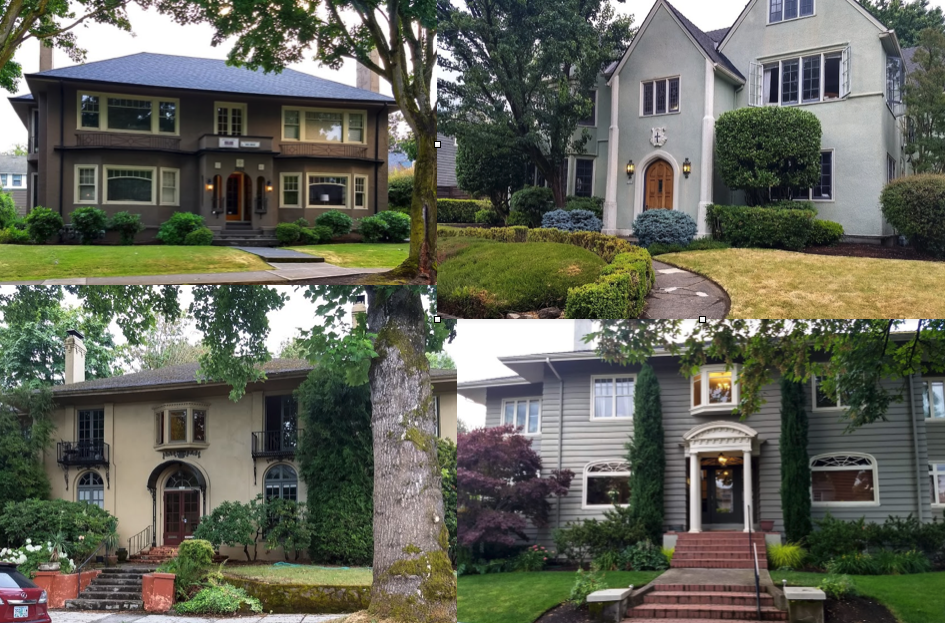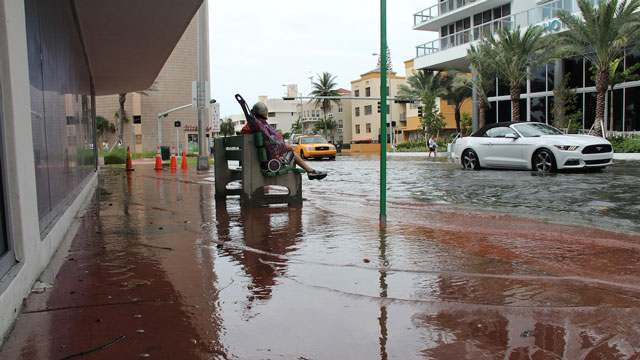What City Observatory did this week
1. What Oregon’s “single family zoning ban” signals for housing policy. Just before adjourning, the 2019 Oregon Legislature adopted the nation’s first statewide ban on exclusive, single family zoning. The legislation effectively re-legalizes duplex, triplex and fourplex housing in urban neighborhoods that have been restricted to one-family homes. While HB 2001 makes Oregon a national leader, it also builds on a long-established pattern of state law imposing responsibility on local governments to allow and encourage a wide range of housing types. The real insight from the Oregon experience is that state governments need to take decisive actions to assert an over-riding interest in assuring housing availablity. Legalizing a wider range of housing in single family zoned areas is just a first step in that direction.

2. Happy Birthday, America! And thanks for all the contributions of our immigrants. On the Fourth of July we celebrate not only the nation’s birthday, but spend a few minutes reflecting on how America’s historic open door to immigrants from around the world has made our nation stronger and more prosperous–and will continue to do so, if we hold true to our values.

Must read
1. At his blog Parking Minute, Tony Jordan explores the Federal Reserve Bank of Minneapolis planned 800-space parking garage. Remarkably, for an institution full of economists, it’s far from clear that any economic principles or thinking have gone into the project. For one thing, the Minneapolis Fed has been extremely vague on how much the garage will cost, and how it will be paid for. Real economists would insist that the users of the garage (colloquially referred to as a parking “ramp” in Minnesotan), would pay the full costs of its construction and operation. Question of the day: Will the Federal Reserve apply the same market principles to its own operations that it prescribes for others and the economy as a whole? Or are they really asphalt socialists?
2. Building a case for transit without ever mentioning the inconvenient necessity of addressing climate change. Richard Florida and Stephen Pedigo have an interesting new report–Stuck in Traffic–telling Miami that if it wants a strong and vibrant economy, it really needs to invest in transit. Florida and Pedigo make a solid case that talented workers view dense, interesting, integrated transit served cities as desirable locations to live and work, and that failing to provide more transit will likely handicap South Florida’s economy. That’s a fair point, and borne out by our own research, but it’s striking that their argument about the importance of transit to Miami’s future goes out of its way, it seems, to avoid mentioning climate change. There’s no mention of climate change, global warming; or carbon; the report is more concerned about rising traffic levels, and has nothing to say about rising sea levels, which seeds an odd omission in a state already experiencing regular flooding. Their report contains one instance of the word “climate”–on page 4, lamenting the unwillingness of Floridians to walk, despite the region’s sunny climate. The only mention of pollution is a repetition of the shopworn and disproven claim that idling traffic is a major source of air pollution. In addition to transit, we think that the smart, young workers Miami needs to attract will also care about whether their city has any kind of realistic plan for responding to climate change. This report seems to suggest that’s a taboo topic in the Sunshine State.

3. Lessons in urban agriculture from New York: Fuggedabout it. One of the most heart-warmingly trivialized notions of how we might cope with urban food insecurity and the supposed high environmental cost of moving food is urban agriculture: growing food in cities. While a handful of projects have shown it is technically possible to grow food in cities, a new analysis of New York’s experience shows that its vastly more costly than conventional production and has few if any environmental benefits. And urban farming almost always overlooks that urban land would be better used for housing–increasing urban density reduces vehicle miles of travel. That’s not to say that urban farming can’t meet demand for small amounts of perishable or unique goods, or be a productive use for small plots of land; it’s just not a scalable solution for farming or food consumption.
In the News
1. City Observatory’s analysis showing that pedestrian death rates in the US are now 75 percent higher than in Europe was highlighted in Real Clear Policy.
2. City Lab’s Laura Bliss has a review of the policy battle behind Oregon’s HB 2001, re-legalizing missing middle housing, and quotes City Observatory’s Joe Cortright.
